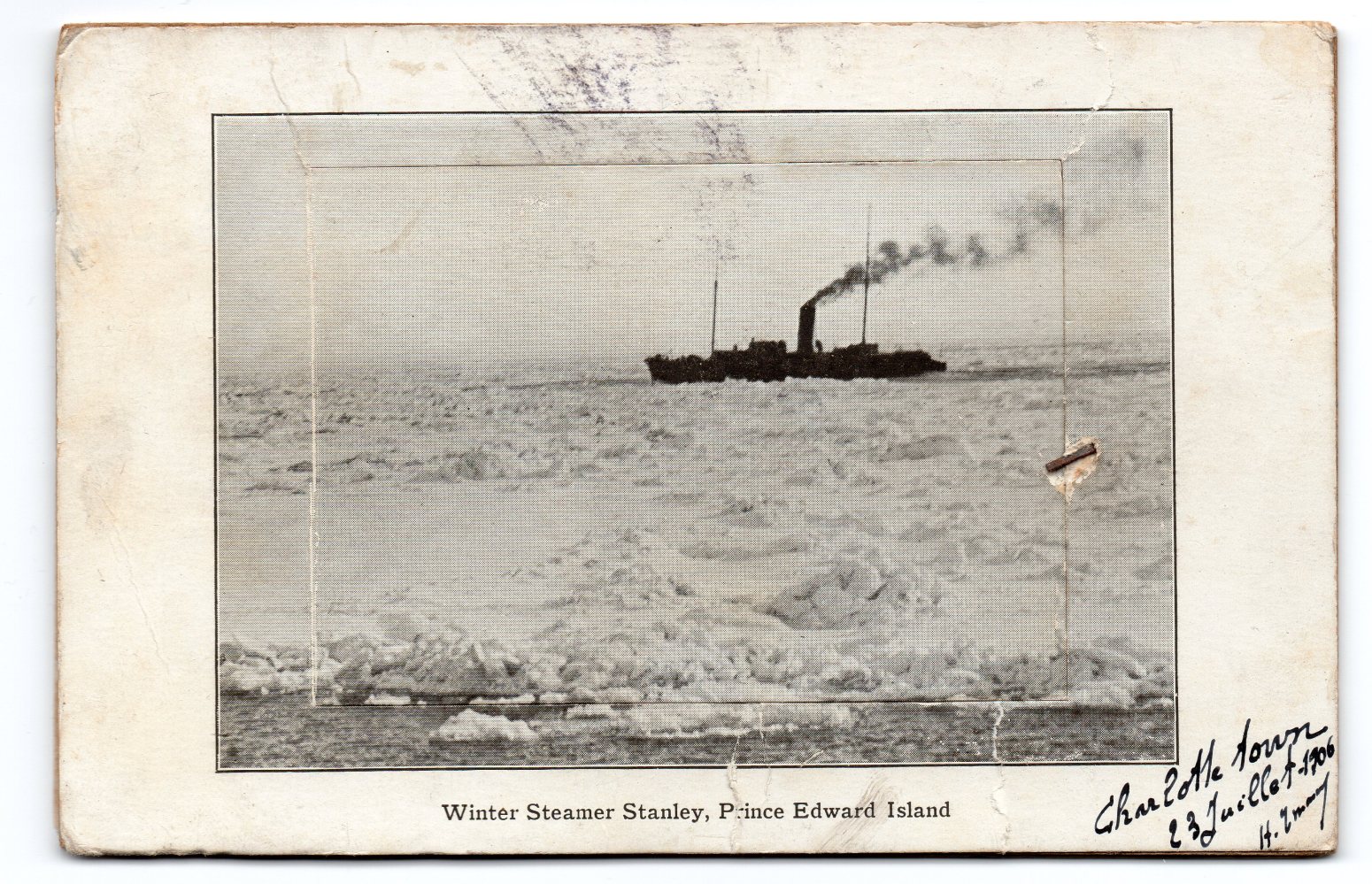By H. T. Holman
Editor’s note: TPC member Harry Holman of Charlottetown, P.E.I. has started a blog — Straitpost — that focuses on the early postcards of the Island. He recently wrote this article about Leporello cards, which (for reasons that he relates) are the kind of card that contains a long strip of printed images of the place the postcard is about. The beginning his article is below, after which you can continue to Harry’s site for more. Like Prince Edward Island itself, “Straitpost” is well worth a visit.
Unless you are a Mozart aficionado or a well-educated and avid post card collector the title of this posting probably will mean absolutely nothing. Since I am neither, the term “leporello” sent me scurrying to Wikipedia where after some research the mystery was unravelled. Let’s start with the Mozart because that holds the explanation for the name. Leporello is Don Giovanni’s manservant in Mozart’s 1787 opera Don Giovanni. Don Giovanni, a young, arrogant, and sexually promiscuous nobleman, abuses and outrages everyone else in the cast until he encounters something he cannot kill, beat up, dodge, or outwit. Don Giovanni, is betrayed to a new conquest by his servant who tells her that he is unfaithful to everyone; his impressive list of seductions and conquests include 640 women and girls in Italy, 231 in Germany, 100 in France, 91 in Turkey and 1,003 in Spain. In displaying the conquests the manservant pulls the list out of the book in an accordion fold. The term leporello is applied to books and publications that use this endless page device. The leporello became quite common in the Victorian era. Panoramic scenes in travel accounts as well as images of culture and customs often used the device. After the development of photography it became an effective way to show very wide images, or a linked series of photographs.
In early postcards the leporello often takes the form of an album of mini images folded into the postcard itself. They were more commonly used in Europe but North American postcard publishers used the leporello as well although they are scarce if not rare. Because of the format the cards do not hold up well to handling. They have to have an inner pocket that protects the mini album and there is much folding and unfolding to see the images.
I hardly knew what to expect when I ordered the card from a German on-line dealer. The photos in the listing were not very good and it was obvious that the card was not in particularly good shape. The face image of the card was an uninspiring view of the winter steamer Stanley in ice but it was not one I had seen before. The photos on the sale site showed only two of the mini images and I would not have been surprised to see that any others had long since come loose and disappeared. CONTINUE READING

Front of Harry’s “Leporello”. The latch pin can be seen holding the image pocket closed. To see what it contained, visit his blog.
